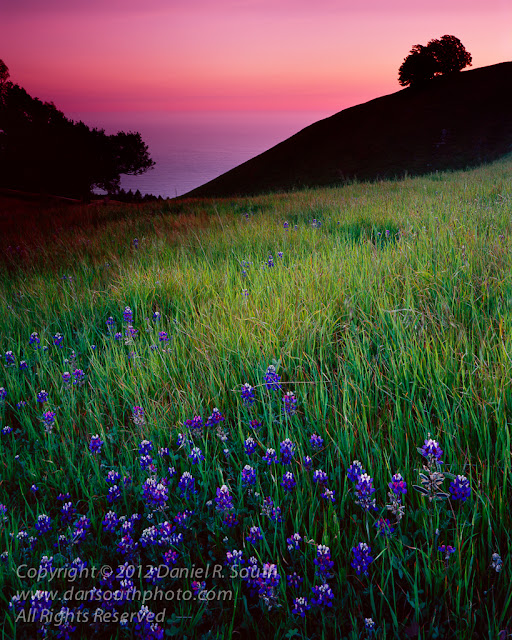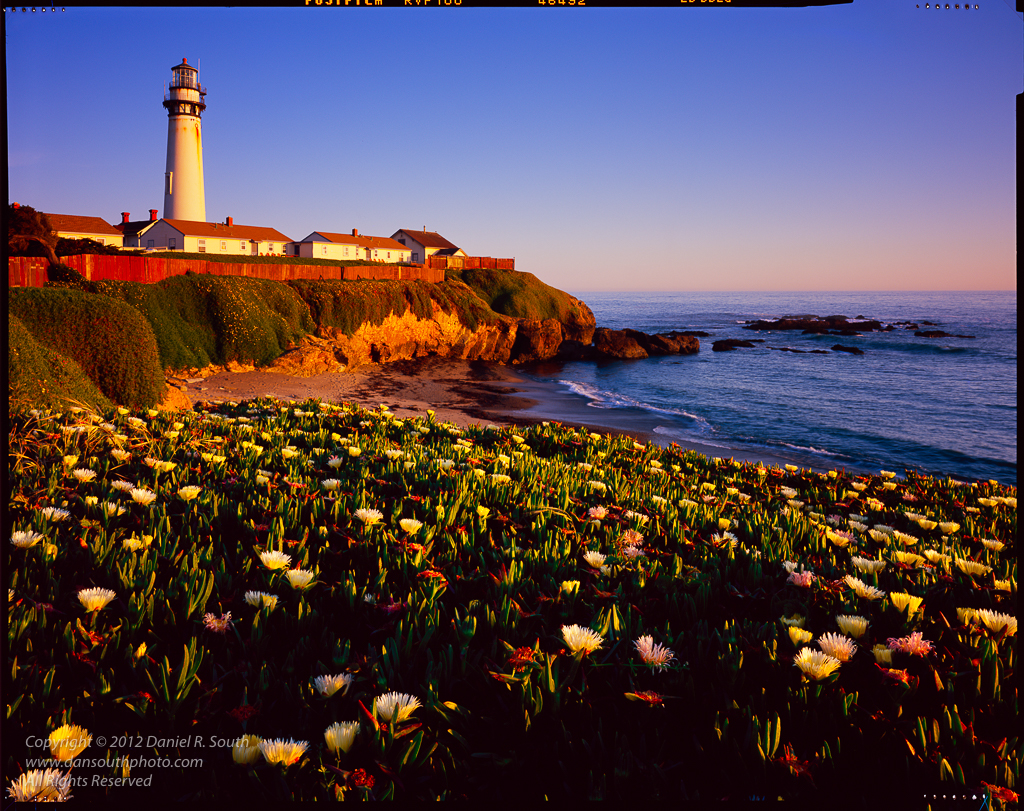Discovering The Possibilities
I had a casual interest in photography as a young adult. When I was growing up, my family had a black and white television. I got my most vivid view of the world through photographs published in magazines.
Cameras fascinated me. I was always a fan of gadgets, and cameras seemed like marvels of precision and craftsmanship. They also had the almost magical power to capture moments for later review. I dreamt of buying a nice camera one day and using it to take pictures of seashores, sunsets, and lighthouses. I subscribed to photography magazines and read them eagerly each month.
But the dream had to wait. I didn't have the expertise or the financial resources to pursue photography seriously. The camera ads in the magazines were more confusing than helpful. The myriad of choices seemed overwhelming.
I took snapshots with point and shoot camera. I recorded family events and short trips, and dropped the film off at the drugstore to be processed. The prints were reminders of places and events, but with rare exceptions, there weren't artistically impressive.
 |
| Pfeiffer Beach Sunset - Big Sur, California |
One day, while visiting a museum, I happened upon an exhibition of photographs from the Tongas, a rain forest in Alaska's panhandle. It was a surprisingly moving experience. The photos were beautifully colored and highly detailed. It was hard to imagine that such images actually came out of a camera.
The photographer was the late Galen Rowell. Rowell was a seasoned climber and wilderness enthusiast. He traveled the world capturing images of remote and surprising places for National Geographic and similar magazines.
These were impressive locales, but the magic of Rowell's photos was in their vivid colors, stunning detail, and surprising juxtapositions, like dramatic skies and rugged foregrounds. Rowell liked photographing in what he called "last light," a post-sunset glow of dim but saturated colors.
I found these qualities fascinating. I was immediately obsessed with this style of photography. I wanted to figure out how he had captured these breathtaking images and hoped that one day I would be able to make photographs of my own using a similar approach.
I drove to my local Borders, bought a few books about photography, and started studying. I bought a reasonably priced Nikon with a serviceable zoom lens, along with twenty rolls of the film that Galen preferred, and I got to work. Every week, I was shooting, experimenting, making mistakes, trying again, and learning all the time.
Sadly, I never had the chance to meet Mr. Rowell. He died in a plane crash on August 11, 2002. That was twenty years ago as of the writing of this post. Coincidentally, I am now the age that Rowell was when he passed away.
Inspiration is one of the most wonderful things that can happen to a human being. A magical moment can change the trajectory of our lives, taking us in directions that we never thought possible, leading us to places and experiences that we could never have imagined.
The Tongas exhibition set my photographic journey into motion. Seeing Galen Rowell's dramatic images printed in all of their finely-detailed glory was more than an inspiration. It was an awakening. It introduced me to possibilities in image making that I would never have imagined possible and to a fascination with the art of photography.
Camera: Fujifilm GFX 100S
Lens: GF 30mm f/3.5
Wishing you great light and meaningful moments!
Copyright © 2022 Daniel R. Southwww.dansouthphoto.comAll Rights Reserved









